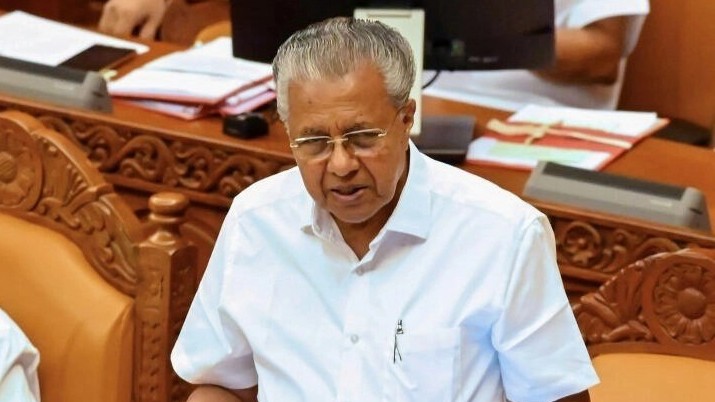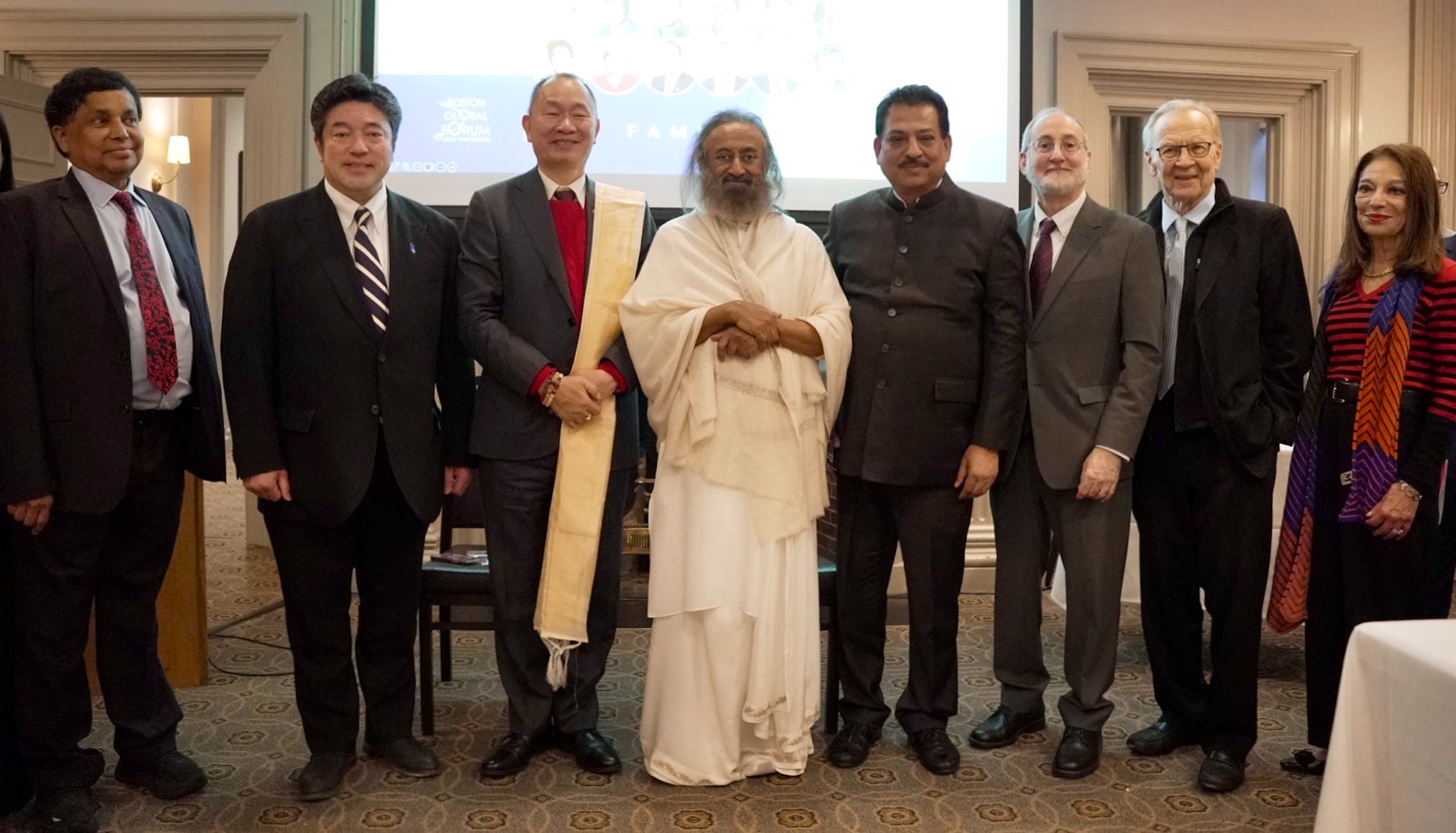Education is a fundamental human right and a key driver of economic and social progress. Recognizing the importance of education, the Indian government introduced the National Education Policy (NEP) 2020, which is a comprehensive framework for the development of education in the country. The NEP 2020 aims at transforming the Indian education system by making it more inclusive, holistic, and flexible.
The NEP 2020 aims to transform higher education in the country by promoting research and innovation, establishing new multidisciplinary institutions, and increasing the Gross Enrolment Ratio (GER) in higher education.
The NEP 2020 is clear when it comes to matters of curriculum, pedagogy and assessment. It lays great emphasis on the autonomy and academic freedom of institutions.
Autonomy in higher education may be defined as a functional status given to universities and colleges by the University Grants Commission (UGC) for giving greater flexibility towards academic development with regard to the improvement of academic standards and excellence. An autonomous college/institution is given the freedom to be a norm to itself and for self-governance. College autonomy enables colleges to award degrees on behalf of the affiliating University by providing more academic and operative freedom to function better with credibility. The UGC guidelines for autonomous colleges (2018) highlighting the importance of autonomous colleges, indicate that the only safe and better way to enhance the standard of undergraduate education is to delink most of the colleges from the affiliate system. Further, it states that colleges with academic and operative freedom are doing better and have more credibility and the financial support to such colleges boosts the concept of autonomy.
The idea of a common syllabus in higher education appears to be mooted in a few states for improving the quality of education. This idea is against the objectives and the spirit of the NEP 2020. The issue of inadequacy of the quality of education needs deeper evaluation. Though the syllabus lays the framework for carrying out the teaching-learning process, quality is predominantly decided by the efficacy of teaching-learning processes for greater learning. The vision, competence and commitment of institutional leadership, teachers, and staff play a critical role in improving the quality of education in HEIs. The rhetoric for having a common syllabus shall eventually diminish the possibility of certain HEIs achieving distinctions.
The basic objectives of NEP 2020 clearly rule out the Common Syllabus. Section (11.6). of the NEP 2020 policy clearly states that large multidisciplinary universities and colleges will facilitate the move towards high-quality holistic and multidisciplinary education. Flexibility in curriculum and novel and engaging course options will be on offer to students, in addition to rigorous specialization in a discipline or discipline. This will be encouraged by increased faculty and institutional autonomy in setting curricula. Pedagogy will have an increased emphasis on communication, discussion, debate, research, and opportunities for cross-disciplinary and interdisciplinary thinking. Further, the NEP section (12.2) reads "in order to promote creativity, institutions and faculty will have the autonomy to innovate on matters of curriculum, pedagogy, and assessment...Accordingly, curriculum and pedagogy will be designed by institutions and motivated faculty to ensure and stimulating and engaging learning experience for all students.” The question of whether there should be a common syllabus for undergraduates in higher education in India is a complex and contentious one. There are arguments both in favour of and against a common syllabus.
On the one hand, advocates of a common syllabus argue that it would promote standardization and uniformity in higher education, ensuring that all students are exposed to a similar set of knowledge and skills. This would help to address issues of inequality and disparities in access to education across different regions and socioeconomic backgrounds. If all the universities in India follow a uniform syllabus, they argue, it would help to reduce the apprehension of those students whose parents are in transferable jobs and that students may use the same books wherever they go and this in turn would help at reducing the cost of any further purchases. Moreover, it would h also lessen the burden on the brain of the students as they could follow the same syllabus wherever they go without having to lose at least one very precious academic year.
On the other hand, critics of a common syllabus argue that it would stifle innovation and creativity, and limit the ability of individual institutions to develop unique programs that cater to their specific strengths and areas of expertise. Furthermore, India is a diverse country with many different languages and cultures, and imposing a single syllabus could be seen as an attempt to homogenize this diversity.
Higher education is all about disseminating specialized knowledge. Every institution is supposed to develop its own specialized domain for recognition. A common syllabus across institutions is against the spirit of such specialized centres of learning. Secondly, a common syllabus across institutions especially in a country like India is likely to erase local and regional concerns, especially in Social Sciences and humanities there should be an emphasis on regional variations in knowledge dissemination to cater to the minds of students of that region. A Common syllabus across the length and breadth of a vast country like India would fail to do so. There is a high possibility that a particular region, culture, or social configuration shall be hegemonically imposed ignoring regional diversities and concerns.
A common syllabus fails to take into account inputs from diverse stakeholders not only regionally but in terms of community, religion, caste, gender etc. For example, an Indian literature paper from a university in UP is bound to differ from that of the University of Maharastra, or a history syllabus from Tamil Nadu will differ from that of a university in Assam. Teaching all students across the National spectrum the same syllabus shall be insular. Unless there is diversity in the courses, new subjects will not be created.
Until all the universities/colleges have the same process of admissions, fee structure, uniform examination pattern, and infrastructure – teachers, labs, subject-related equipment, library, etc., applying the same curriculum can be fatal. It doesn't seem to be possible in colleges. Ultimately, the decision on whether to implement a common syllabus in Indian higher education should be based on careful consideration of the potential benefits and drawbacks, as well as a recognition of the unique challenges and opportunities presented by the Indian context. Above all, by introducing a common syllabus we will be sabotaging the spirits of NEP 2020.
The idea of a common syllabus across all HEIs in India may attract the imagination of policymakers and other stakeholders because of its emphasis on “uniformity”. But a closer critical look would expose its fault lines. Moreover, the adoption of a common syllabus with minimum flexibility conceals ideological agenda that is against the spirit of academic federalism and autonomy, the backbone of higher education.
The author is a Former Vice Chancellor Kanpur & Gorakhpur Universities








 OpinionExpress.In
OpinionExpress.In















Comments (0)